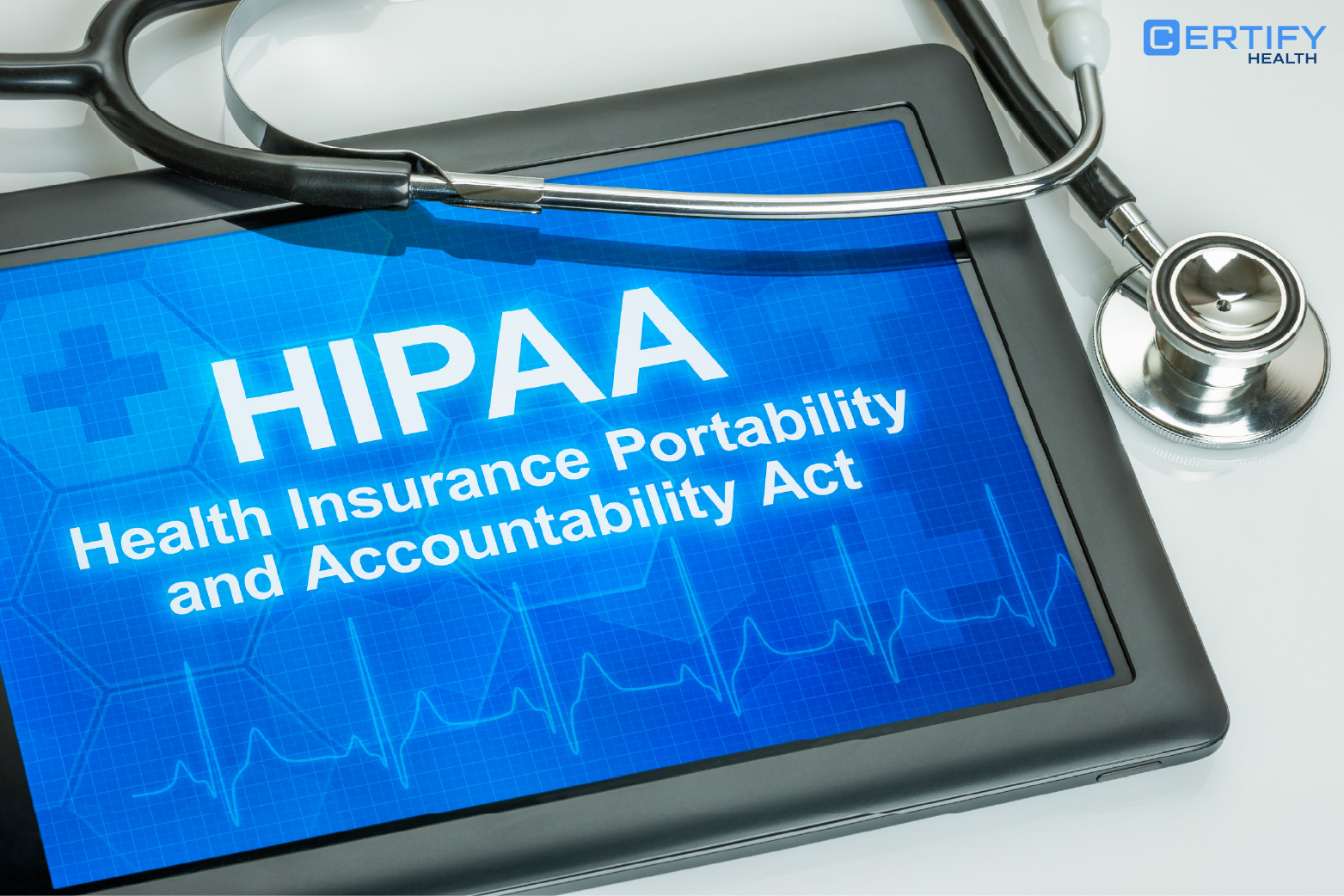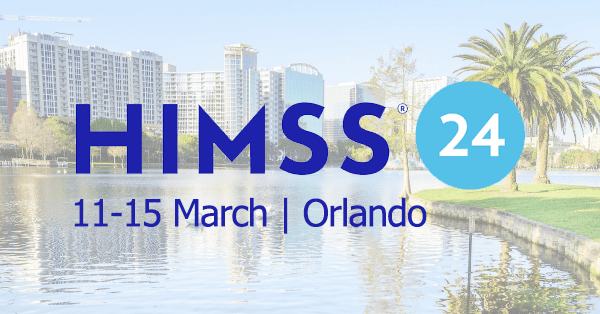For most organizations distributing COVID-19 vaccines, vaccine availability is only half the problem; the rest is figuring out how to effectively deploy the vaccines they do have. It turns out that it’s pretty difficult to set up a successful vaccination system, especially given the urgent demand.
Because of this, many of the current vaccination deployment solutions on the market are failing to achieve what they promise. So far, these offerings have caused wide-scale glitches and crashes that result in canceled appointments, overbooked clinics, and locked-out administrators.
In short, they’ve made it harder for medical providers to do their jobs.
Let’s look at some of the flaws of the current approaches and see how to resolve them in order to create an effective vaccination pipeline for both patients and staff, and ultimately, everyone.
4 Main Flaws with Current Approaches
There are a few issues that appear consistently throughout numerous vaccination scheduling and distribution solutions. Many of them stem from the fact that these solutions tend to have been built quickly, without agile functionalities and unprepared to be executed on a large scale. They also often fail to prioritize ease of use and patient communication.
This pattern can be summarized by 4 primary problems:
-
Glitching & crashing
Managing your software solution should be the easy part, but so far system malfunctions have made these vaccination scheduling platforms painful and time-consuming. Lately high-profile vaccination scheduling solutions have been notorious for crashing when implemented for thousands of people.
These offerings are often built in a matter of weeks due to the immediate need as vaccine rollout expands. While they may be tested in small-scale environments successfully, ultimately this pressure results in systems that aren’t capable of handling the large volume many healthcare organizations and vaccination clinics require. So they crash, lock healthcare administrators out, present log-in difficulties for users – the list goes on.
-
Poor appointment scheduling/ management
Many of these systems don’t have strong appointment management mechanisms. They don’t update in real time according to vaccine inventory and/or staff availability – leading to double-booked appointments, long wait times and/ or cancellations. Additionally, a lot of these platforms can’t differentiate between first and second vaccination appointments, making it difficult to keep track of a patient’s current status.
In order to successfully schedule vaccinations, a platform needs to be able to track the current status of resources to minimize patient and staff frustration.
-
Unclear & misleading patient communication
Patients have complained extensively about the conflicting and sometimes nonexistent communication they receive from the platform. Many of these solutions don’t include appointment confirmation emails and/or reminders – and some cases, patients have even been receiving incorrect reminders.
These platforms also have been tricky to navigate for older vaccination patients in particular, especially for scheduling the second dose. Senior citizens represent a hugely important demographic for vaccination rollouts, and many of them have reported so much trouble trying to schedule vaccination appointments that they’ve given up altogether. Neglecting such a key sector of the patient base is an enormous problem – they need an intuitive and easy-to-use interface with straightforward processes.
-
Limited customization opportunities
For many of the solutions that are rolled out on a large scale, customers have found it difficult to customize the features and functionalities according to their use case. This is crucial given the ever-evolving nature of vaccination deployment and the different methods organizations use to distribute vaccines.
How to Optimize Vaccination Deployment
In order to prevent these problems from occurring, vaccination scheduling and deployment systems need to proactively anticipate them and address any conflicts within their design.
Moving forward, any successful vaccination system should be:
-
High-capacity, carefully tested, and quickly implemented
In order to successfully process and manage thousands and thousands of vaccination appointments, a platform needs to be able to handle sizable amounts of data. It should be proven in test environments of various scopes and include multi-location support.
Additionally, time is of the essence when it comes to implementing vaccination deployment procedures. However, the key word there is implementing – the solution should be thoughtfully built with adequate time, but able to be deployed in a particular environment rapidly and easily.
-
Provide end-to-end vaccine deployment and tracking
In order to streamline vaccine management methods, a solution should be able to provide everything from vaccine inventory management to vaccination credentials provided after the second dose. At the very least, the platform must smoothly integrate with an organization’s existing systems to create a smooth process.
-
Prioritize patient communication
A successful platform should let healthcare workers to communicate with patients through fast, no-contact scheduling to minimize in-person interaction time. This includes confirmation emails and appointment reminders (including one for the second dose).
Prioritizing ease-of-use is another crucial component. The system should be intentionally designed with different user segments in mind.
-
Highly customizable
An effective vaccination system must be capable of managing the complexities associated with immunization schedules. These include multiple doses, concurrent scheduling, and waitlists. Every element should be adaptable to fit an organization’s needs, inventory and use case.
CERTIFY Vax
With our years of healthcare and patient engagement experience at CERTIFY, we know how to streamline appointment management. That’s why we’ve created our own centralized vaccination scheduling solution: CERTIFY Vax. This end-to-end offering supports the entire vaccination workflow, including pre-registration, scheduling, vaccination information capture, and a verified immunity passport.
This solution has already been proven and implemented at scale for large healthcare systems, with one customer already having scheduled 35,000+ vaccination appointments through our platform. We’ve avoided many of the pitfalls similar solutions have experienced, because we specialize in patient experience SaaS offerings and know what works.
Some key features of Vax include:
- Direct integration with EHR systems and/or existing distribution sites
- Ability to customize appearance and functionality
- Simple, reliable interface that works well
- Ability to differentiate between first and second vaccine appointments, with an automated 21-day reminder set up after the first appointment
- Confirmation emails, automated appointment reminders, and real-time waitlist
- Verified digital vaccination credentials through the Pass® app
CERTIFY Vax makes distributing and tracking COVID-19 vaccinations as painless as possible. Get started today to streamline and optimize your vaccine rollout.
To learn more, visit https://www.certifyvax.com or contact the CERTIFY team at sales@certifyglobal.com.











